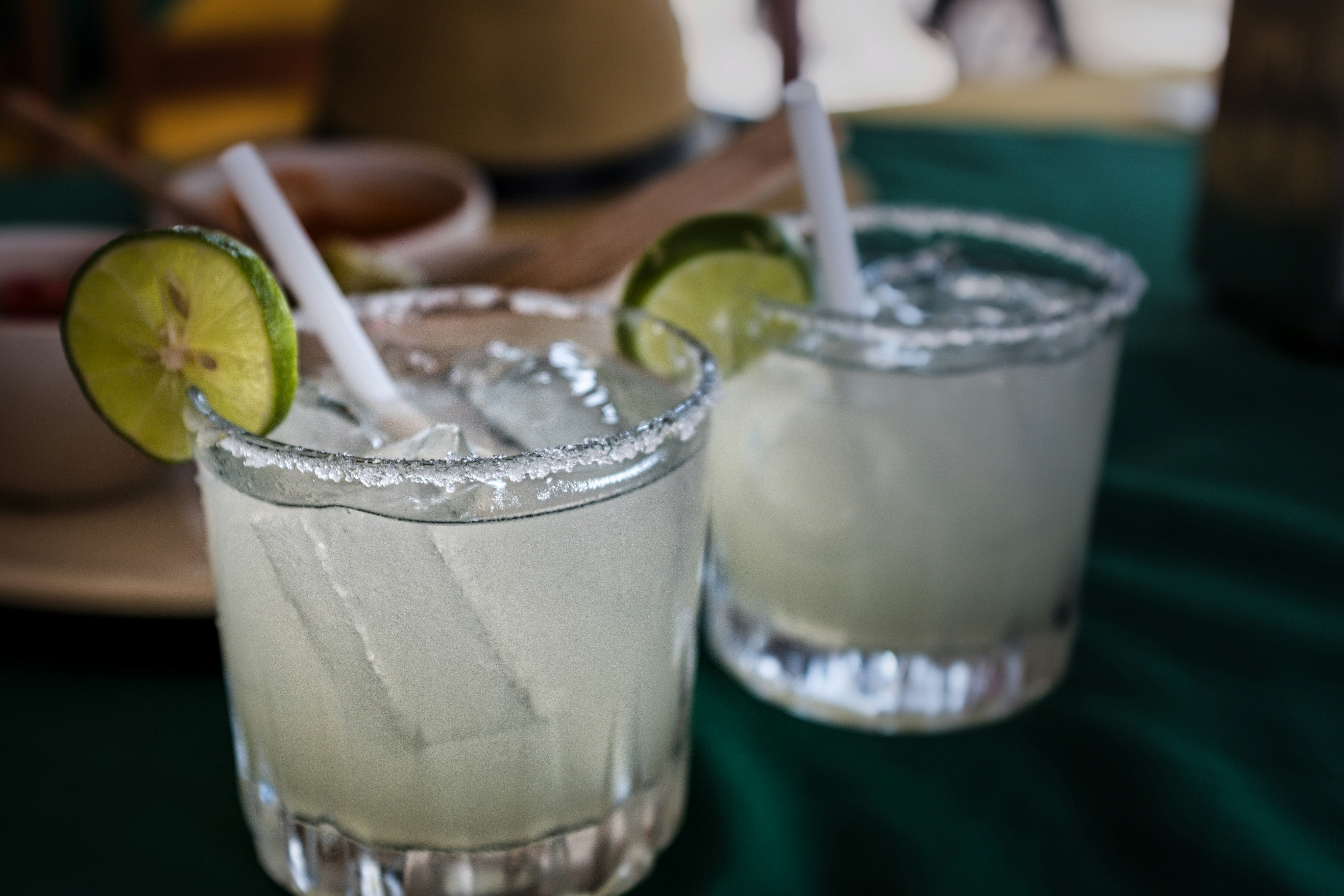From Farm to Glass: The Resurgence of Craft Cider
Craft cider, once the drink of choice during colonial times, is now experiencing a resurgence in popularity. As more people seek local, handcrafted, and artisanal food and drink, small cideries are cropping up across the globe, offering a diverse array of flavors and styles. This article will explore the world of craft cider, looking at its history, production methods, and the exciting new trends in the industry.

A Taste of History
Craft cider, sometimes known as hard cider, has a long and storied history. Before the rise of beer, it was the most popular alcoholic beverage in colonial America. The drink fell out of favor in the 19th century due to the influx of German immigrants who brought with them a penchant for beer. However, with the growing farm-to-table movement and a renewed interest in artisanal beverages, craft cider is making a comeback.
The Art of Cider Making
Making craft cider is a labor of love that requires a deep understanding of apple varieties and fermentation processes. Unlike commercial ciders, which often use concentrate and added sugars, craft cider is made from freshly pressed apples. The juice is then fermented, similar to wine, allowing the natural sugars to convert into alcohol. The result is a beverage that is more complex and less sweet than its mass-produced counterparts.
The Apple of My Eye
A key aspect of craft cider is the apple itself. There are thousands of apple varieties, each with its own unique flavor profile. Some apples are sweet, others are tart, and some have a hint of bitterness. Cider makers carefully select and blend different types of apples to achieve a desired flavor. This complexity is part of what makes craft cider so intriguing and enjoyable.
A Pour of Innovation
Like craft beer brewers, cider makers are pushing the boundaries and experimenting with flavors. Some are aging their cider in bourbon or rum barrels for a hint of smokiness. Others are adding fruits like cherries or blueberries for a burst of color and flavor. There are even hopped ciders that combine the crispness of cider with the bitter notes of craft beer.
The Future is Craft
As the craft cider movement continues to grow, we can expect to see even more innovation and diversity. From farm-to-glass, this artisanal beverage offers a taste of history with a modern twist. Whether you’re a fan of traditional styles or adventurous flavors, there’s a craft cider out there for everyone.
On the Side: Cider Insights
-
Apples for cider making are often different from eating apples. They are known as “cider apples” and have higher acidity and tannin levels.
-
The craft cider industry has grown significantly over the past decade. In the US alone, it has grown by 850% between 2011 and 2018.
-
Like wine, the taste of cider can vary based on the region and the type of apples used.
In conclusion, craft cider offers a fascinating and delicious journey into the world of artisanal beverages. Its resurgence reflects the growing appreciation for locally produced, handcrafted food and drink. As we explore new flavors and rediscover old ones, the future of craft cider looks bright and promising. So, here’s to enjoying a glass of history - cheers!





